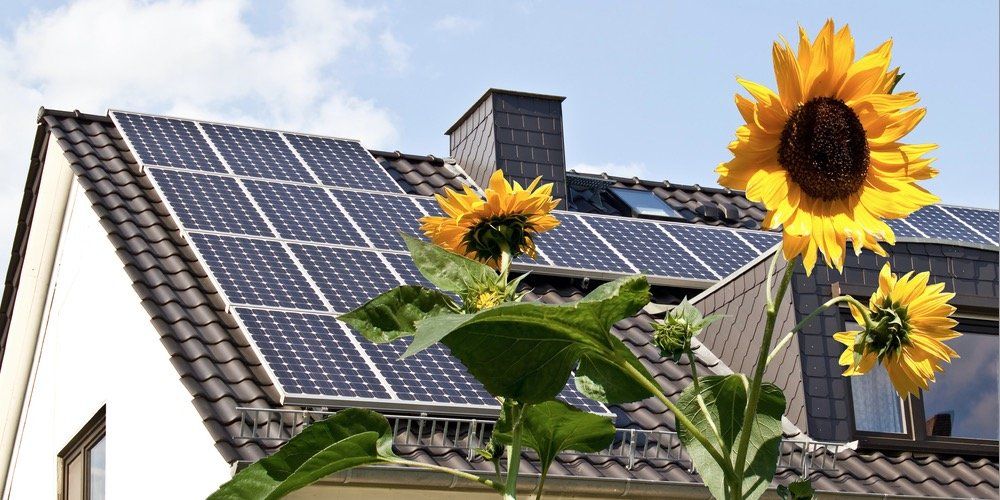Living Urban but “Off the Grid” – The Changes You Can Make
For those of us who live in the suburbs or within the city, the idea of going off the grid, while a nice concept, feels completely unattainable. This is for a variety of reasons including: space limitations, cost, municipal bylaws, and time restrictions. “We certainly can’t commit to going completely off grid”, we say; and then we give up and move on.
Maybe this is the boat you find yourself in. Maybe you’ve spent time reading articles about being off grid living, it seems kinda romantic, but you just can’t see yourself making the jump to a composting toilet. That’s okay, living off-grid is more of a journey than a destination (although it is almost certainly a destination as well), especially when you live in the city. It doesn’t have to be an all or nothing proposition, it’s about progress, not perfection.
Here are some changes you can make today that will affect big change, both in your life and in the life of our planet.
Cut Down
Ask yourself the question, “do I need this?”. If the answer is, “no, but I want it” then perhaps it’s something that you can give up. Many of us run our appliances and other household products constantly; we keep our lights on; we keep our televisions on, we keep our air conditioning units on; we run power night and day. This generally tends to happen for three reasons: ignorance, laziness, or apathy, none of which are responsible.
Learn to cut down on your power intake. Make due with less. If you’re reading this, and you see a light on down the hall, get up now and turn it off. This is a small beginning, but it’s a beginning!
Start Small
Don’t try to do everything at once. Here are some simple things to get you going in the right direction:
- Plant a small garden on your balcony or in your kitchen.
- Buy 1 or 2 backyard chickens.
- Install a few solar panels.
- Collect rainwater.
- Go power-free for a few hours a day.
- Choose one day a week where you disconnect from your technology in order to focus on the people you love.
It sounds so incredibly cliche, but you have to learn to walk before you can run. Start small.
Don’t Give Up
As I (not so subtly) alluded to at the beginning of this piece, many dreams of cutting down go unfulfilled because people simply give up. Let me encourage you; keep going! Some of the preparation and implementation will be frustrating in the beginning, but the more steps you can take in the right direction, the better.
But admittedly it’s hard, when you plant a garden and it doesn’t grow, you buy solar panels and its cloudy for the next 3 months, or you set up your rain barrels just to prepare for a drought.
Whatever you do, just keep going!
Understand the Big Picture
If being a more eco-responsible person is your goal, these small steps will do wonders for your life. They’ll open your eyes to the things that you’ve been taking for granted, and help ground you in an understanding of consumption. Your footprint will decrease, your happiness will increase, and you’ll be able to declare that, “I’m doing my small bit to help the planet, my family, and myself!”
What could be better?
This article originally appeared in the August 2016 Dominion Lending Centres Newsletter.
Share
RECENT POSTS





